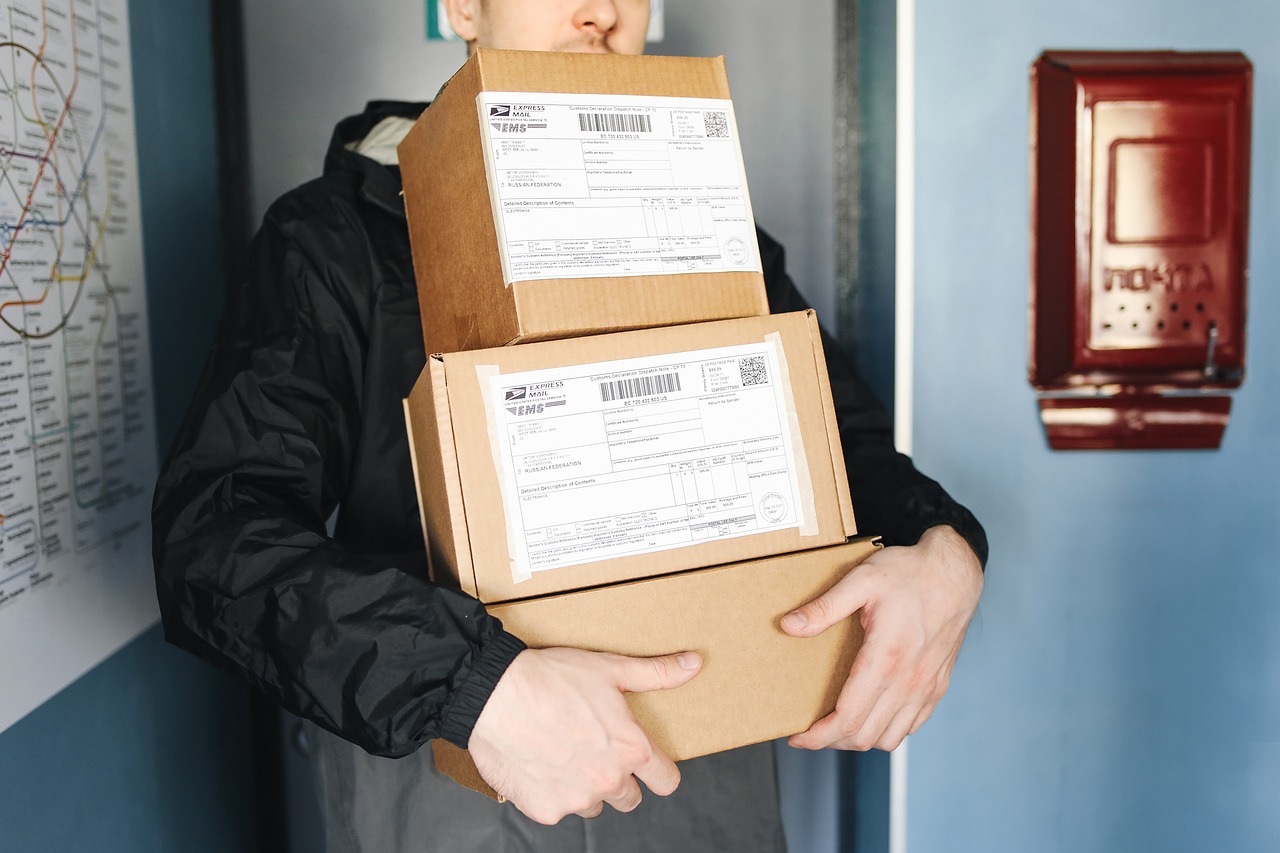A Comprehensive Guide to Sending a Large Parcel: Tips, Steps, and Best Practices
Sending a large parcel might seem like a straightforward task, but it often involves more than simply slapping a label on a box and dropping it off at your local post office. Whether you’re shipping personal items, business products, or a gift to a loved one, ensuring your large parcel reaches its destination safely, on time, and within budget requires thoughtful preparation and the right approach.
In this guide, we’ll walk you through the essential steps and best practices for sending large parcels, including choosing the right courier, packing techniques, addressing, and understanding shipping costs.
Step 1: Prepare the Parcel for Shipping
The first step in sending any large parcel is ensuring it’s packed securely and appropriately for transport. The goal is to protect the contents from damage and to ensure it meets the shipping requirements of your chosen carrier.
1.1. Choose the Right Box or Container
The most important thing when shipping a large parcel is selecting the right box or container. It should be large enough to accommodate the items inside, with some extra space to cushion and protect the contents. Consider the following:
- Sturdiness: Use a new, strong cardboard box to ensure that it can withstand the weight and handling during transit. Avoid reusing old boxes, as they may not provide adequate support.
- Size: Measure and weigh the item(s) accurately before choosing the box. A box that’s too small could lead to damage, while an oversized box could unnecessarily increase shipping costs.
- Shape: Try to use a box that matches the shape of your items to minimize shifting. For irregularly shaped parcels, custom crates or packaging might be necessary.
1.2. Use Proper Padding
Once your items are in the box, it’s time to secure them with proper padding. The type of padding you use depends on the nature of the item, but common options include:
- Bubble wrap: Ideal for fragile items, bubble wrap provides an effective shock-absorbing layer.
- Packing peanuts: Great for filling empty space and preventing items from shifting inside the box.
- Foam inserts: Custom foam inserts can provide a perfect fit for oddly shaped or delicate items.
- Air pillows: A lightweight alternative to packing peanuts, air pillows help cushion your items without adding excessive weight.
Fill any gaps to prevent your parcel from shifting during transport. If you’re sending a heavy item, it’s a good idea to reinforce the box with heavy-duty tape and avoid overpacking, as this can lead to breakage.
1.3. Seal the Parcel Securely
After the box is packed and padded, seal it with high-quality packing tape. Apply tape to all seams, corners, and edges to prevent the box from opening during transit. For extra security, you can use reinforced tape or double-tape the seams.
Step 2: Addressing the Parcel
The next step is correctly labeling the parcel. Accurate and legible addressing is crucial for ensuring the parcel reaches its intended destination.
2.1. Write the Address Clearly
Be sure to write the recipient’s full name, address, and contact number clearly. Double-check the following:
- Recipient’s name: Ensure it’s spelled correctly, and include any relevant business or department names.
- Street address: Include street name, number, apartment number (if applicable), city, state/province, and ZIP or postal code.
- Contact information: Include a phone number in case the courier needs to reach the recipient for clarification or delivery issues.
If you’re sending the parcel internationally, you’ll need to include the recipient’s country, as well as the address formatted according to local conventions. It’s also recommended to add your return address in case the parcel cannot be delivered.
2.2. Include a Shipping Label
For a seamless process, it’s often best to print and attach a shipping label directly onto your parcel. Most shipping companies allow you to generate a label online and print it at home. Ensure the label is legible, and affix it securely to the top of the parcel. Avoid placing it over seams or corners where it might get torn off.
Step 3: Choose a Courier and Service
Choosing the right courier service is one of the most important steps in sending a large parcel. The cost, delivery speed, and reliability of different couriers can vary widely, so it’s essential to do some research. Some popular couriers for large parcels include:
- UPS: Known for reliable service and tracking capabilities, UPS offers a range of services for both domestic and international shipping.
- FedEx: Offers competitive rates and services, including specialized options for heavy parcels.
- DHL: Great for international shipments, DHL is known for fast delivery and excellent customer service.
- USPS (United States Postal Service): An affordable option for domestic shipments in the U.S., with reasonable international options.
When choosing a courier, consider the following factors:
- Shipping speed: How quickly does the parcel need to arrive? You may have the option to choose from several service levels, such as standard, expedited, or express shipping.
- Cost: Shipping costs can vary significantly depending on the weight, size, and destination of your parcel. Use the courier’s online shipping calculators to estimate the cost.
- Tracking: Choose a service that provides tracking, so you and the recipient can monitor the parcel’s progress in real time.
- Insurance: For high-value items, consider purchasing shipping insurance to protect against loss or damage.
Step 4: Determine the Cost of Shipping
Shipping a large parcel can be expensive, especially if the weight or size exceeds standard limits. Shipping costs are typically determined by:
- Weight: Heavier parcels are more expensive to ship. Be sure to weigh the parcel accurately before heading to the post office or scheduling a pickup.
- Dimensions: Many couriers use “dimensional weight” pricing, which factors in both the size and weight of the parcel. A large but lightweight box may cost more than a smaller, heavier one.
- Destination: Shipping costs vary depending on whether you’re sending the parcel domestically or internationally, as well as the distance it needs to travel.
Use your chosen courier’s online shipping calculator to get an accurate quote. Don’t forget to factor in any additional services, such as delivery confirmation or insurance.
Step 5: Drop Off or Schedule Pickup
Once your parcel is packed, labeled, and ready to go, it’s time to drop it off or schedule a pickup. Many couriers offer convenient pickup services, where they’ll come to your home or office to collect the parcel. This can be especially useful if you’re sending multiple large parcels or if you’re unable to visit a drop-off location.
Alternatively, you can take the parcel to your courier’s nearest drop-off location. For very large parcels, ensure the location has the capacity to handle your shipment.
Final Thoughts
Sending a large parcel doesn’t have to be overwhelming, but it does require attention to detail and careful planning. By following the steps above—packing securely, labeling clearly, choosing the right courier, and factoring in shipping costs—you can ensure your parcel arrives safely and on time.
Whether you’re sending a gift, a business shipment, or just something that requires extra care, taking the time to properly prepare your large parcel can save you time, money, and stress down the road. Happy shipping!














Post Comment